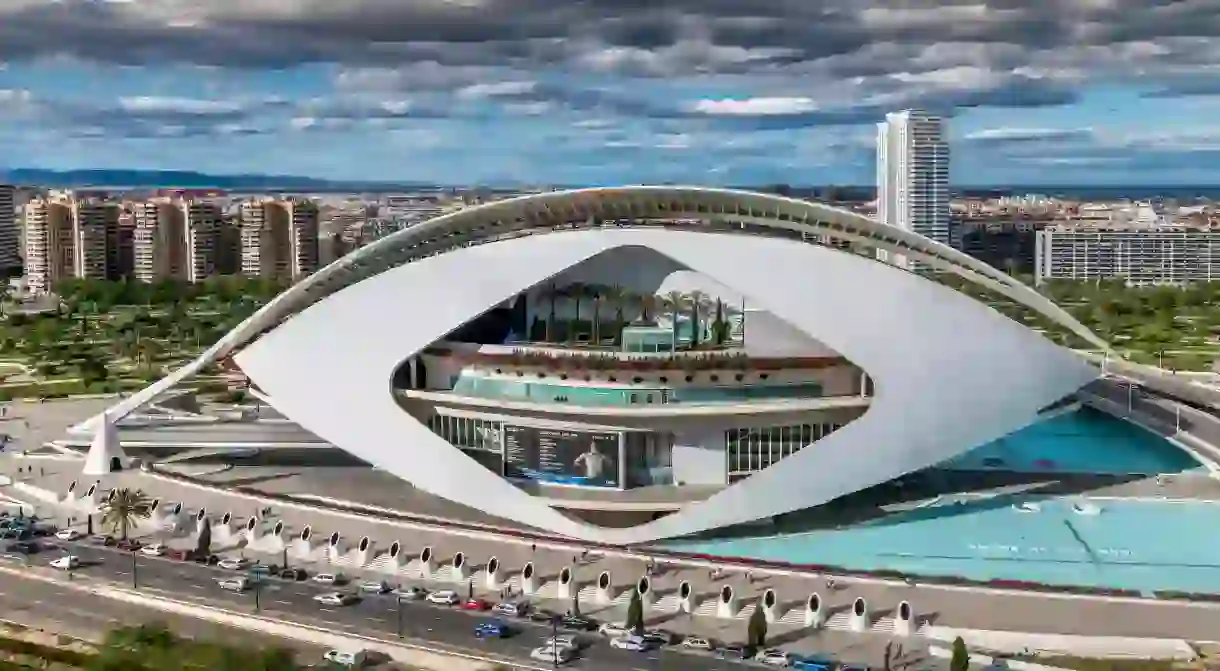The 10 Most Beautiful Opera Houses Around The World

Culture Trip takes a tour of the world’s most stunning opera houses, taking in the grand old concert halls of Europe to more modern structures like the magnificent Sydney Opera House.
La Scala
Opera House

Estates Theater
Theater

The Bolshoi Theater
Building, Theatre, Theater

Sydney Opera House
Opera House, Architectural Landmark

Nestled on Bennelong Point overlooking Sydney Harbor, Sydney Opera House is a dazzlingly contemporary addition to the Australian city’s skyline, and one of its most distinctive. Designed by Pritzker Prize-winning Danish architect Jørn Utzon and officially opened in 1973, the opera house’s first public performance was a rendition of Sergei Prokofiev’s War and Peace and in 2007 the building was recognized as ‘a great architectural work of the 20th century’ and designated a UNESCO World Heritage Site. Featuring five theater spaces plus a forecourt for outdoor concerts, Sydney Opera House hosts performances by Opera Australia, the Sydney Theater Company, The Australian Ballet and the Sydney Symphony Orchestra.
Vienna Staatsoper
Opera House

Palais Garnier
Opera House, Theater, Museum

Royal Opera House
Opera House, Building

Hungarian State Opera
Opera House

Designed by famed architect Miklós Ybl, the beautiful, Neo-Renaissance-style Hungarian State Opera in Budapest opened in 1884 and remains virtually unchanged more than 130 years later. Statues of celebrated Hungarian composers Ferenc Erkel and Franz Liszt greet visitors at the opera house’s entrance, and inside its full opulence is revealed: a marble-paneled foyer leads to a grand double staircase, often hailed as one of the theater’s most impressive features, while its auditorium is equally lavish with three floors decorated with a red and gold motif sitting under a dramatic bronze chandelier and a frescoed ceiling painted by German-Hungarian artist Károly Lotz.
The Metropolitan Opera House

Palau de les Arts Reina Sofía
Opera House














